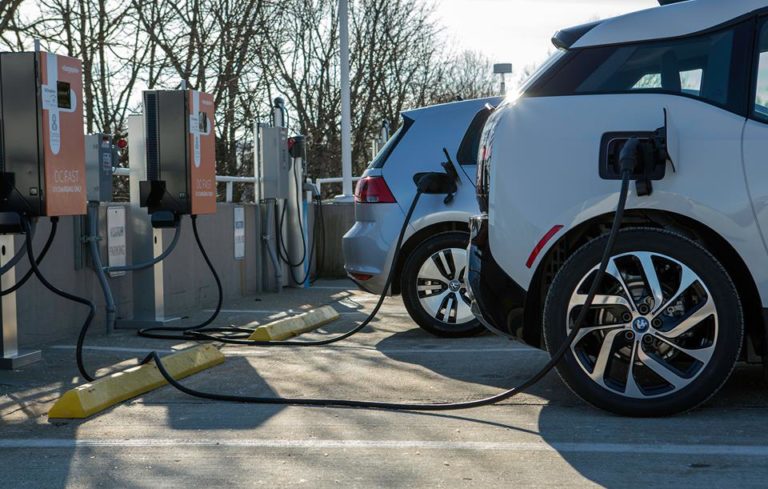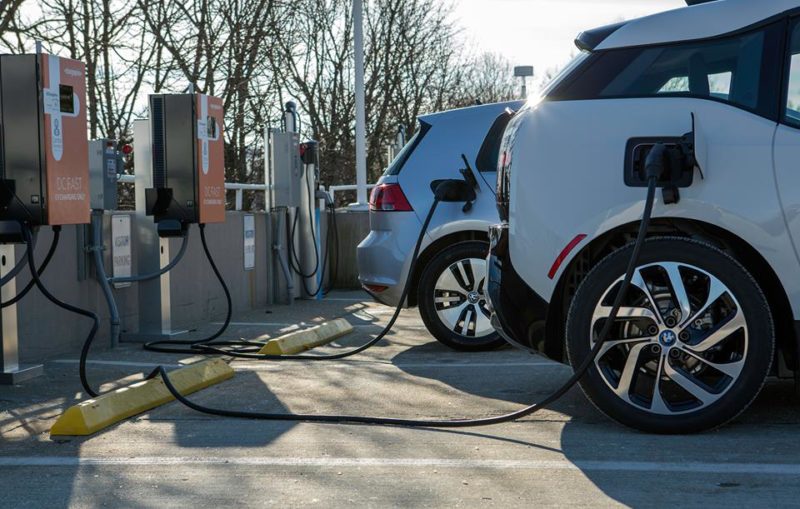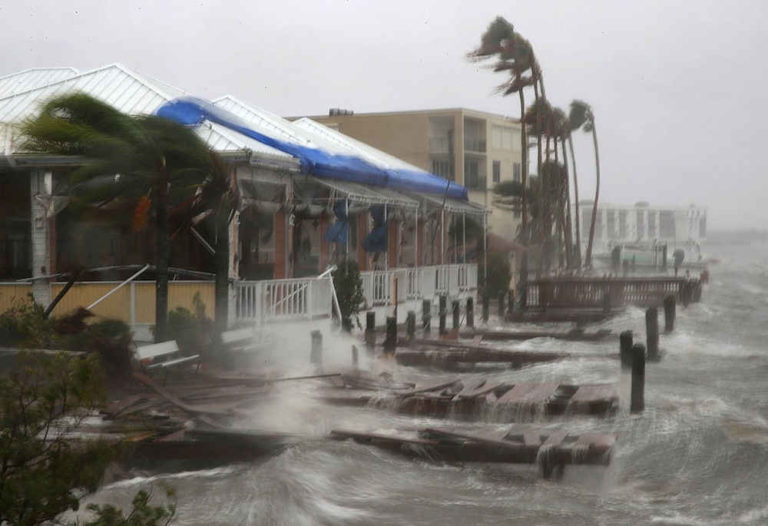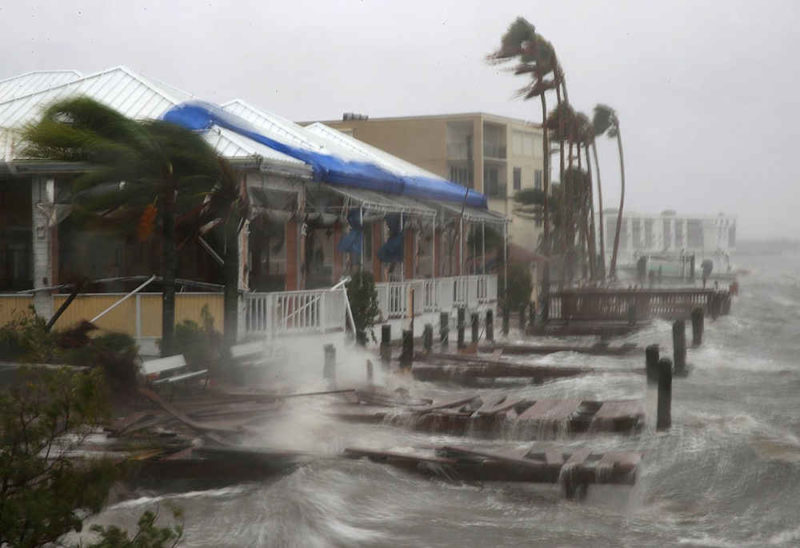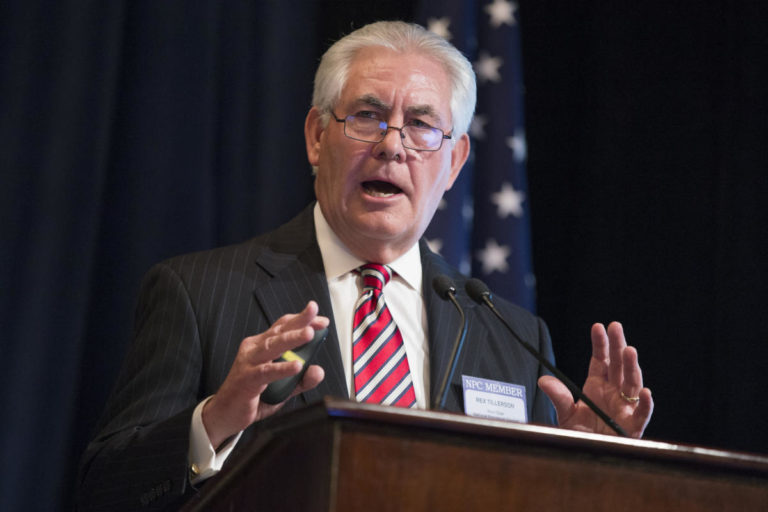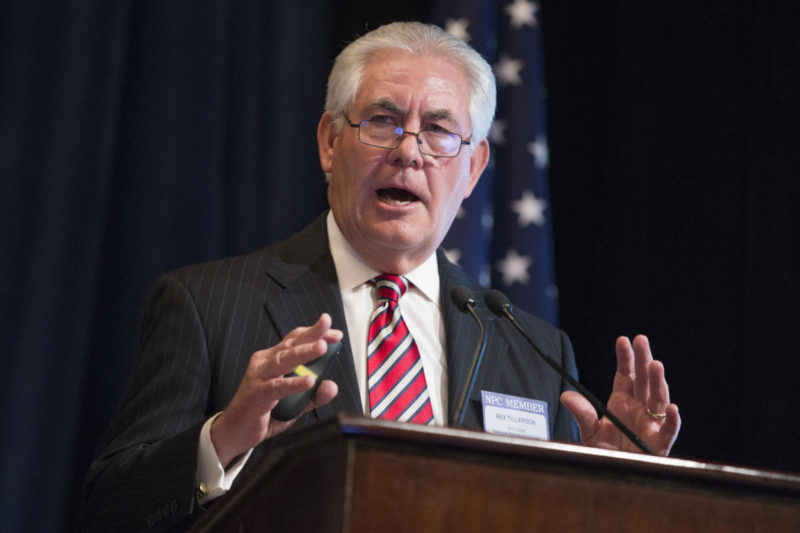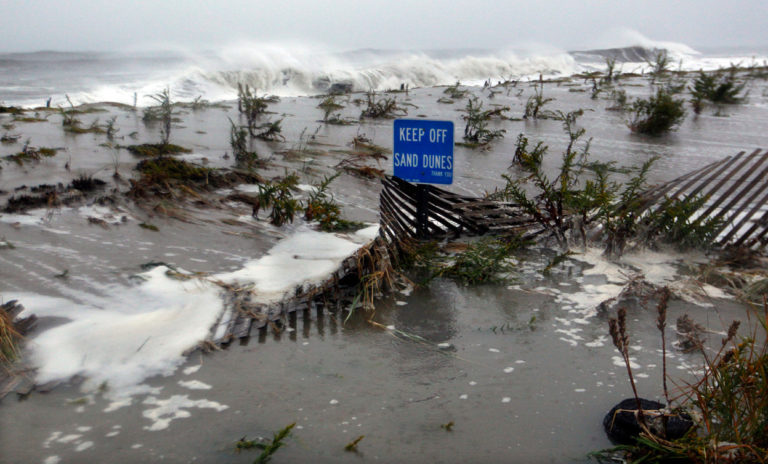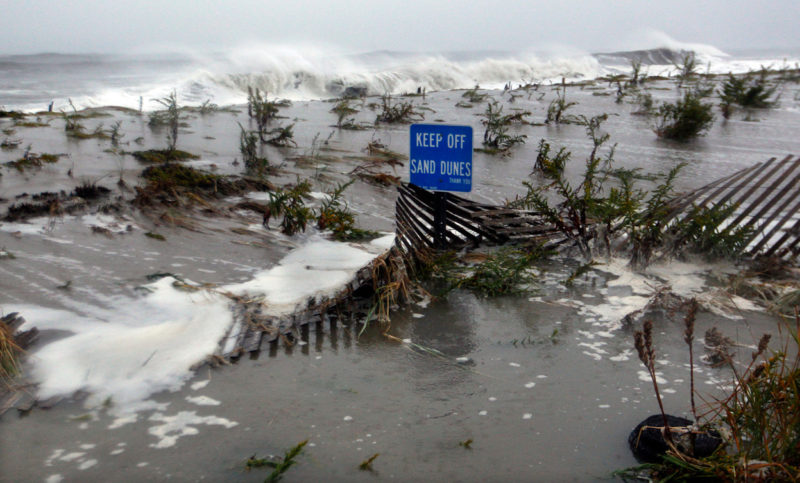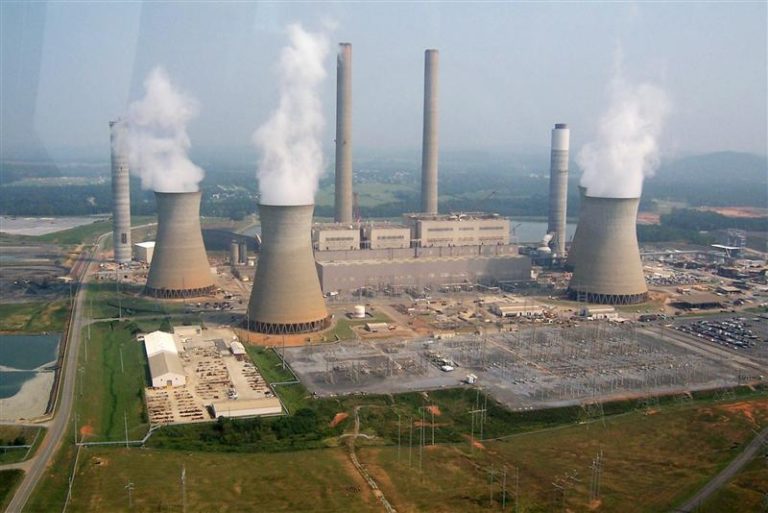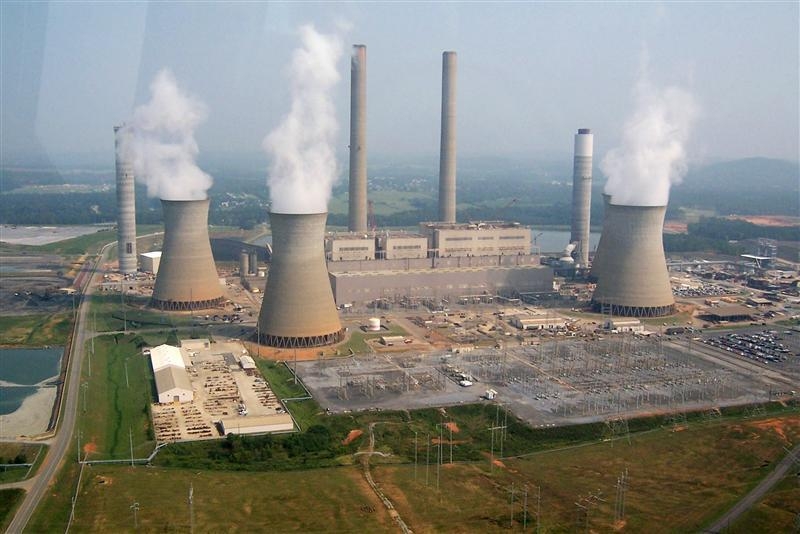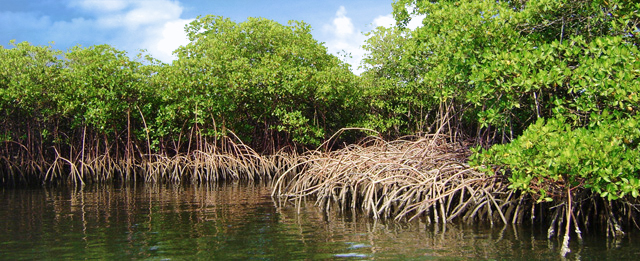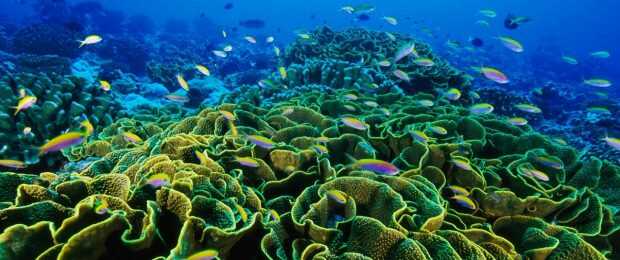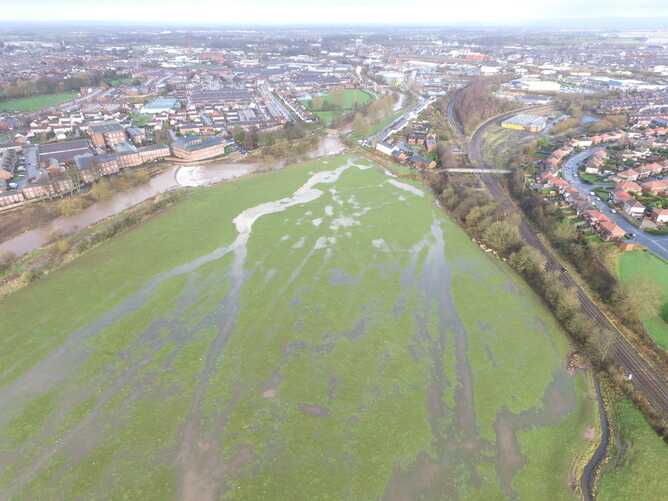As the world celebrated the 2017 World Wetlands Day on Thursday, February 2 2017, the focus this time around was on the role played by wetlands in reducing the impact of natural disasters. Defined as land areas that are flooded with water, either seasonally or permanently, wetlands are said to be a natural buffer against disasters. However, no governmental and non-governmental bodies have been observed in celebrating this year’s World Wetlands Day in Ethiopia.
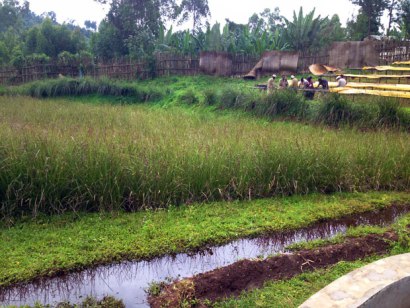
According to Ramsar Convention Secretariat wetlands are defined as: “Areas of marsh, fen, peat land or water, whether natural or artificial, permanent or temporary, with water that is static or flowing, fresh, brackish or salt, including areas of marine water, the depth of which at low tide does not exceed six metres.”
It is obvious that Ethiopia exhibits a wide range of geologic formations and climatic conditions which create numerous wetland ecosystems including 12 rivers, eight major lakes, and many swamps and floodplains.
Natural resource researchers list a total of 77 wetlands in Ethiopia and the country of Eritrea, finding that Ethiopian wetlands span a 13,699 km2 area. Even though an exhaustive inventory of wetlands is not done yet, wetlands are estimated to cover about 2% of the country’s land coverage. Ethiopia is often referred to as the “water tower of Africa,” as the country spans an entire watershed area between the Mediterranean Sea and the Indian Ocean.
Despite their small area coverage, wetlands in Ethiopia are among the most productive ecosystems, and have immense economic, social, and environmental benefits. However, there is little or no awareness of the current status, threats, or values of Ethiopian wetlands, or even the need for their conservation and sustainable utilisation.
Although there are individuals in various organisations with various expertise and awareness, no coordination exists between these organisations for the conservation, management, and wise use of wetlands in Ethiopia. At another scale, the mandates of stakeholder institutions to address wetland issues are not clearly defined. As a result, there is no entry point for one to initiate any effective wetland undertaking at the moment.
According to Tadessse Amsalu, a researcher, wetlands provide with various benefits to global ecosystems and local communities. They are vital sources of water and fodder, particularly during dry season and in times of drought, to both domestic and wild animals.
Wetlands also serve as important sources of food, construction and fuel wood, raw materials for making household furniture, fodder, and medicine to rural communities. Poor rural households, particularly women, rely on wetlands for additional income to their families. Hence, wetlands contribute significantly to efforts aimed at poverty reduction and food self-sufficiency. Growing number of people in Ethiopia, in both rural and urban areas, depend on wetland resources for their survival.
Many peasant farmers in the western parts of the country make their living from wetlands. Communities who live around the wetlands in the Rift Valley lakes, and Lake Tana benefit a lot from fishing and irrigation farming.
According to Dr Amsalu, wetlands serve to slow down storm flood, trap sediments, protect property damage in downstream, and the siltation of dams. Studies also reveal that wetlands have a role in ameliorating adverse climatic variations. As scientific understanding of wetlands has increased, more subtle goods and services have become apparent. Wetlands have been described both as “the kidneys of the landscape”, because of the functions they can perform in the hydrological and chemical cycles, and as “biological supermarkets” because of the extensive food webs and rich biodiversity they support.
Notwithstanding their diverse services and values, the misconceptions on wetlands have led people to consider them as waste lands that are infested by malaria and other vectors, Amsalu stressed.
The loss of ecosystem services of wetlands can have both economic and environmental consequences. While rates of wetland loss are documented for the developed world, the limited study of these ecosystems in Ethiopia leaves majority with little to say.
Although wetlands provide wide ranging social, economic, and environmental benefits, because of mismanagement and inappropriate utilisation, Amsalu noted that several of them have either disappeared or are on the verge of drying out globally. He mentioned that recent total drying up of Lake Alemaya and the precarious existence of Lake Abijata as clear evidences of the looming danger on wetland ecosystem. Unless the necessary management and conservation strategy is in place, the disappearance of more wetlands appears to be unavoidable, he stressed.
Ethiopia’s economic growth and development put growing demands on the river system and the basin’s resources. Wetlands are key natural environmental assets providing crucial ecosystem services that support livelihoods and socio-economic development in the basin. Their role in mitigating climate change and supporting climate resilience as well as safeguarding water, food and energy security is currently threatened through their insufficient protection and management.
According to Nile Basin Initiative (NBI), the Nile Basin is highly vulnerable to the impacts of climate change owing to a multiplicity of factors. Basin communities have limited ability to cope with the negative impacts of climate variability. There is scientific consensus that the region can expect an increase in frequency and severity of extreme events like floods, droughts, and heat waves, and an intensification of natural variability.
The socio-economic consequences of climate change in the basin will be severe and exacerbate the impacts of existing challenges. These include, among others, negative impacts on agriculture, fisheries and livestock, with strong implications for food security and future economic growth. Hence, according to NBI’s Wetland Management Strategy, member states need to cooperate in order to tackle the existing threats and ensure sustainable socio-economic development is crucial.
On the other hand, recognising the value of wetlands in the livelihood of local communities as well as in sustaining a productive ecosystem and biodiversity, Ethiopia is in the process of developing a protocol consistent with the Ramsar Convention and also has drafted a National Wetland Policy awaiting approval of the law makers. A number of National and Regional Wetland Awareness creation and consultative workshops have been carried out in Ethiopia to attract the attention and win the will of policy makers on wetlands management.
Therefore, organisations such as the Ethiopian Wildlife Conservation Organisation, the Ethiopian Wildlife and Natural History Society, the Ministry of Environment, Forest, and Climate Change; various scholars from universities and research institutions, the Ethiopian Wetland Research Programme (EWRP) and the Ethio-Wetlands and Natural Research Association (EWNRA) should keep up their efforts to promote the importance of wetlands.
By Dagim Terefe

